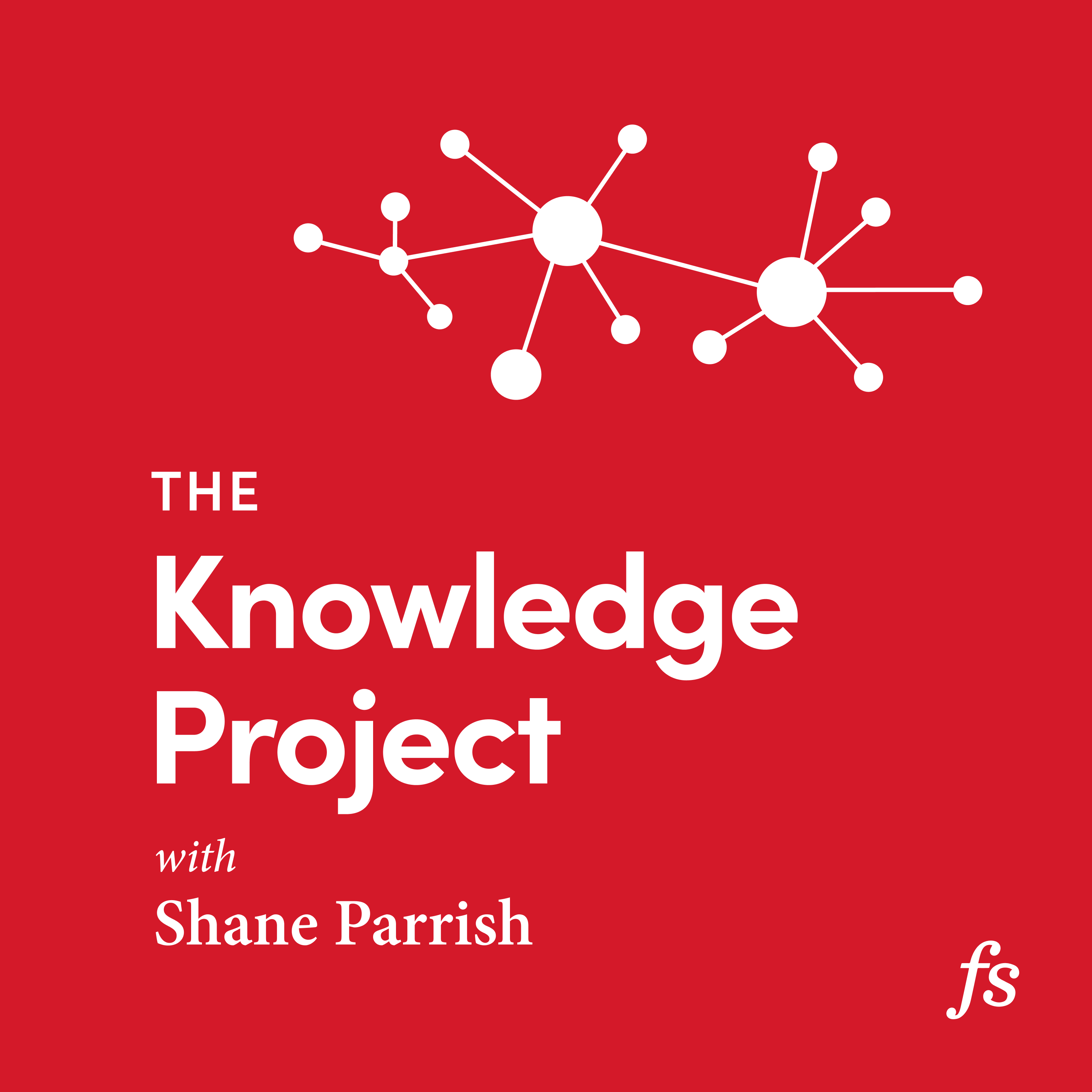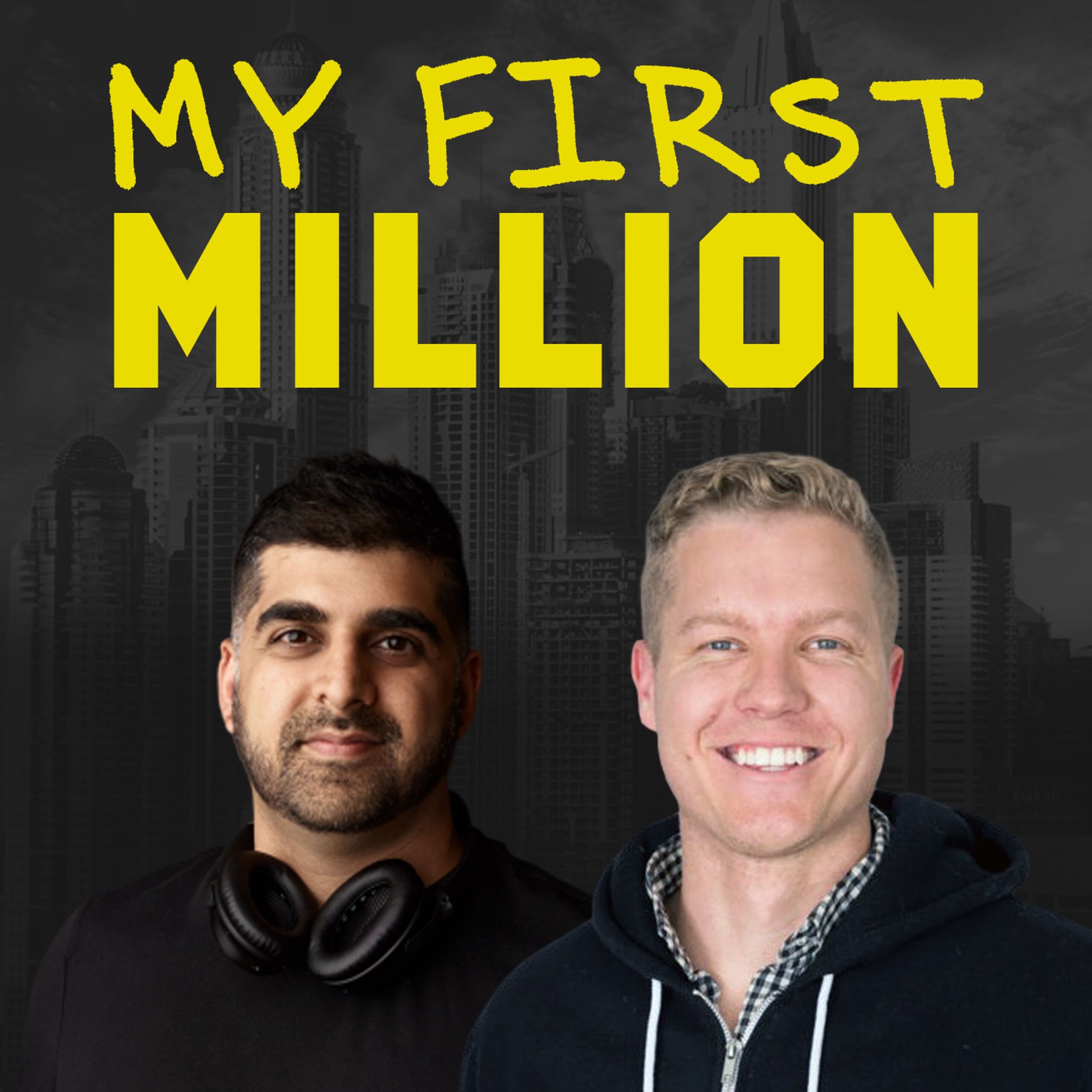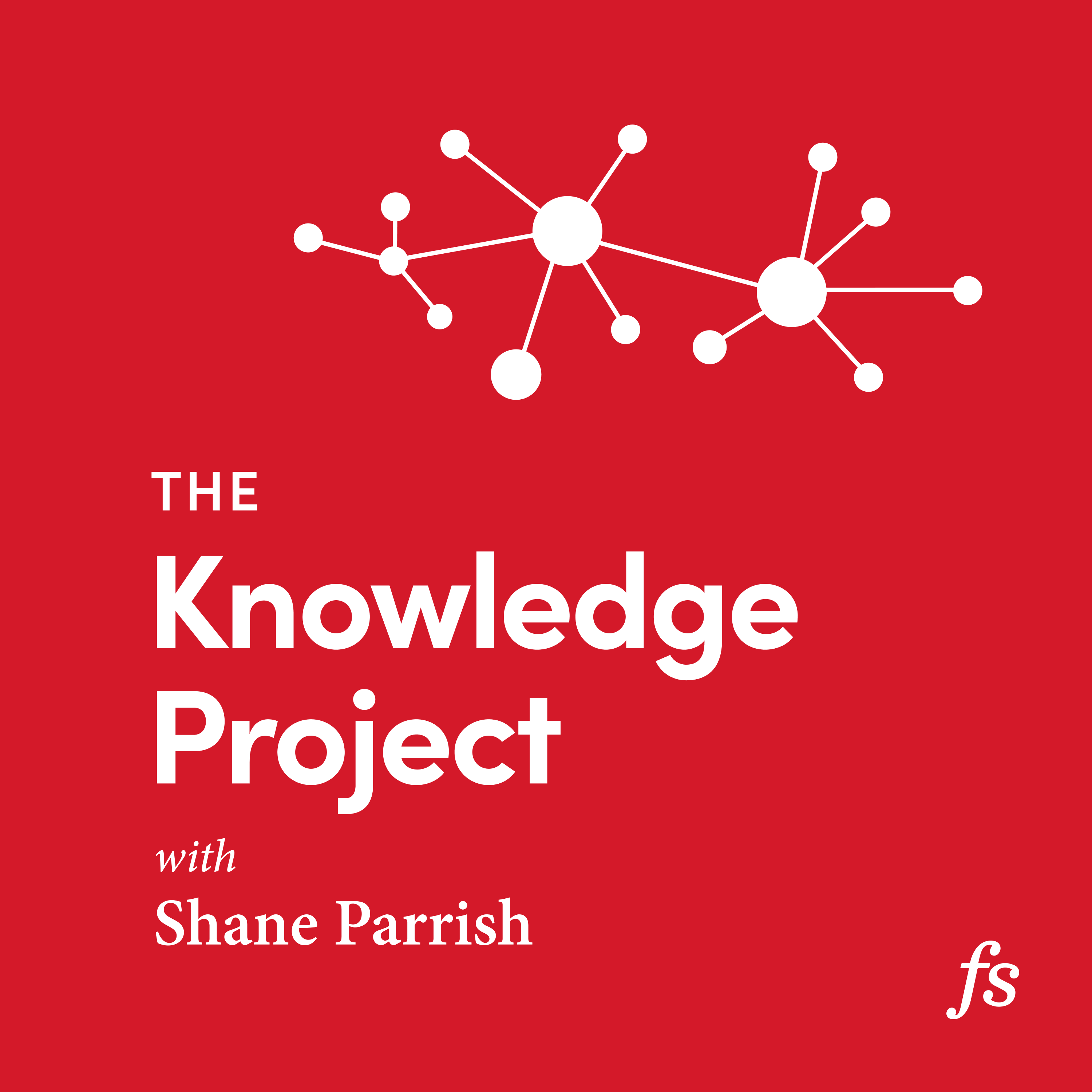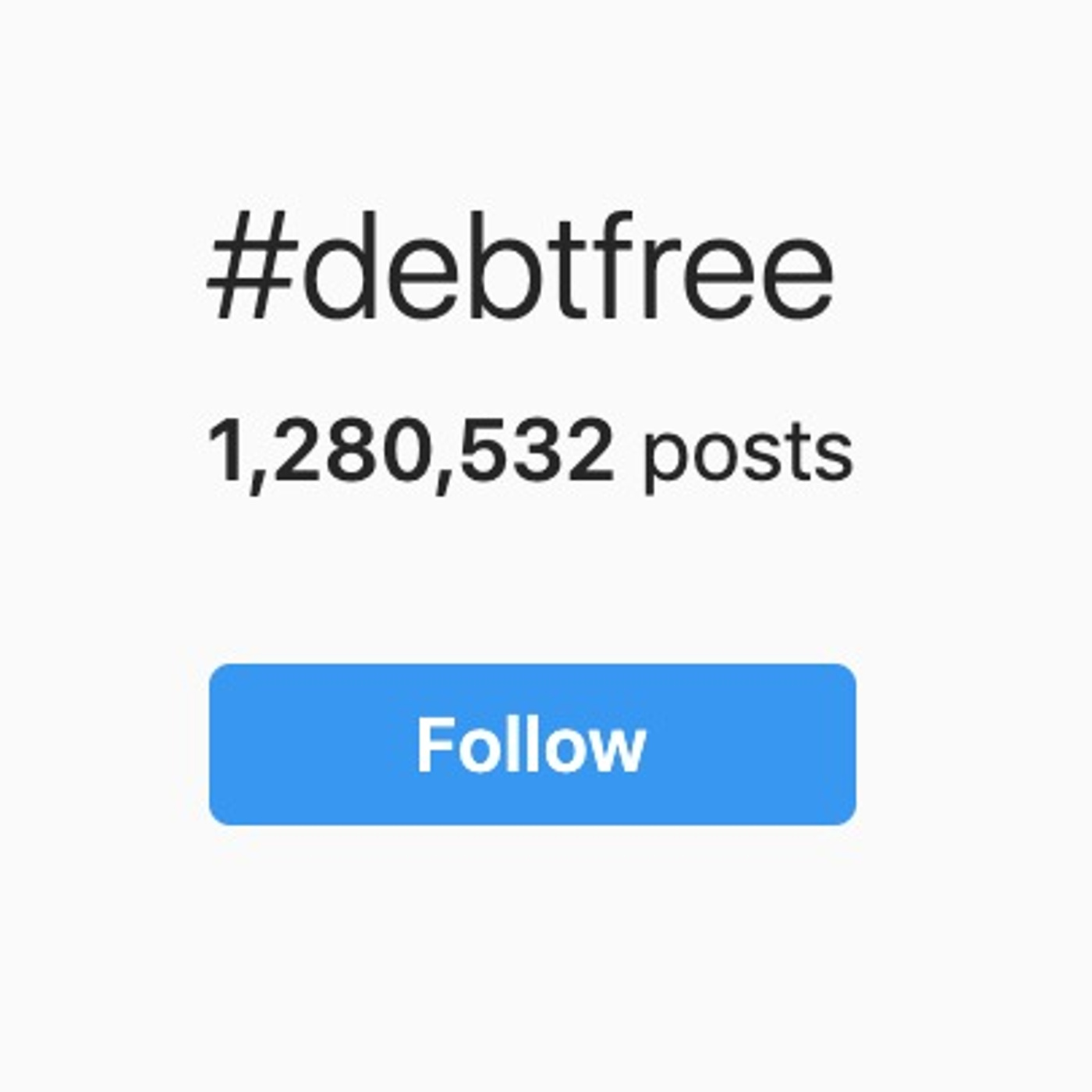Labs for Diagnostics: Then, Now, and Next
A lot’s going on in the world of healthcare right now, and one topic that’s especially relevant is how diagnostic labs work. In this episode with Dave King, Executive Chairman of Lab Corp (one of the largest clinical lab networks in the world) and a16z’s General Partner Jorge Conde and Hanne Tidnam, we cover the … Read more






